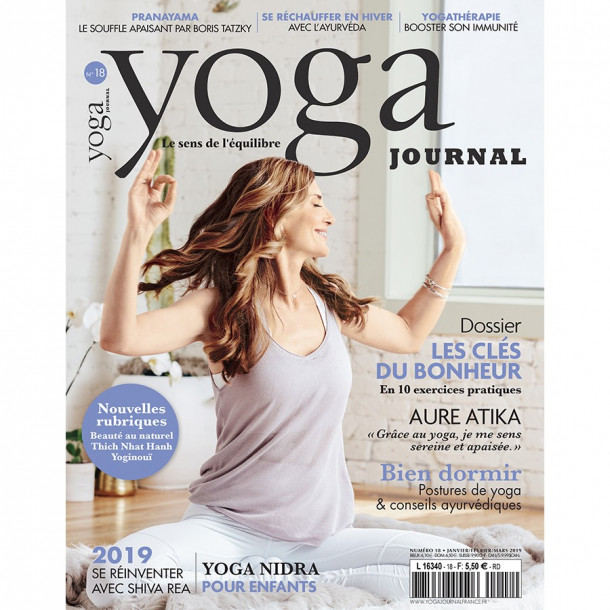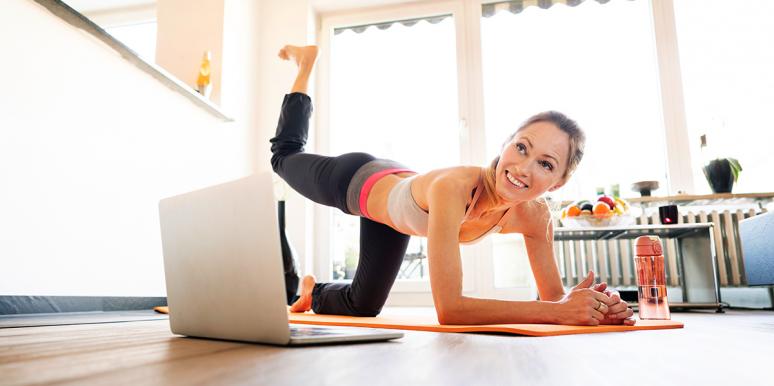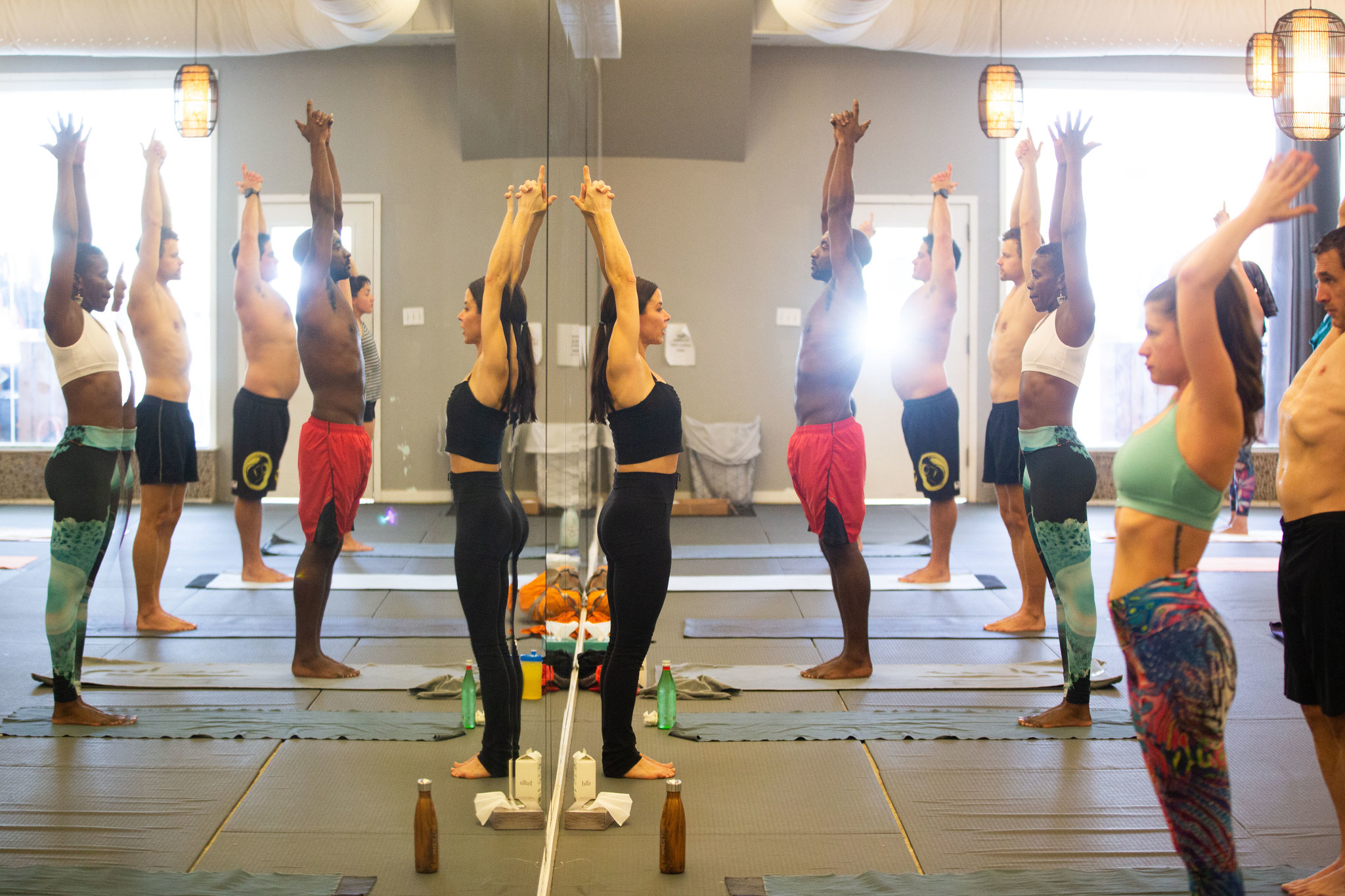
CAM and IM can be used to refer to different forms of complementary and alternative medicine. These therapies are available at the National Center for Complementary and Integrative Health. They also include Alternative and Functional Medicine. They can be used to treat many different diseases. These methods are not for everyone. These methods are not for everyone. It is better to seek professional guidance if you wish to try them.
CAM
Complementary and alternate medicine can be defined as a broad term that encompasses a wide range of holistic practices. Although traditional medicine focuses on treating the cause of the disease, complementary or alternative medicine (CAM), treats the entire person. It is often used in combination with other medical treatments.
CAM can be an effective treatment option, which reduces dependence on medications. It allows the patient to take more control of their health. Integrative medicine has become more popular in America. It is being used to complement conventional medical treatment. Although there are still many misconceptions about CAM it is becoming a viable option.
IM
The battle between complementary and traditional medicine is ongoing. However, this ongoing battle could prove to be beneficial in the end as it clarifies the research needed to support each practice. Both IM (Complementary Medicine) and CAM (Complementary Alternative Medicine) are both considered complementary medicine. Research may be able to help clarify each other's meaning.

The goal of IM is to promote holistic health by combining evidence-based treatments with non-traditional therapies. The concept emphasizes the importance of the relationship between the patient and the healthcare provider, as well as patient participation in health promotion and disease prevention. Integrative medicine sees the patient in all aspects, including their mind and spirit, when diagnosing and treating.
Alternative medicine
A broad term that covers alternative therapies and treatments that are used alongside standard medical treatments is called integrative or complementary medicine. These alternative therapies are not considered standard treatments, but they can be used to treat certain diseases and conditions. These alternative therapies, which can include acupuncture and a special diet for certain conditions, can be used with conventional medicine to treat many different conditions.
There are many differences between alternative and conventional medicine and scientific medicine. In the former, researchers use the scientific method to test possible therapies and conduct ethical clinical trials. Contrary, alternative medicine practitioners don't follow the proper research protocols.
Functional medicine
It is a good idea for you to begin researching local practitioners about functional medicine. Before seeking a consultation in complementary medicine, you might want to consult your primary physician. Your doctor can also refer you to an integrative health practitioner if you feel that your symptoms are not responding to conventional treatments.
Integrative medicine seeks to resolve the root cause and optimize the patient's wellbeing. Functional medicine doctors can be board certified. They have completed rigorous medical school training. Dr. Rachel Sugarman is a board-certified functional medicine physician. She also holds additional certifications in acupuncture.

Mind-body approaches
The proven track record of mind-body therapies in integrative and complementary medicine has shown that they can improve health. These treatments are being increasingly used to treat anxiety and depression. These interventions are more accessible and acceptable than traditional forms of mental healthcare. The utilization rates vary. Mind-body treatments are most common in middle-aged non-Hispanic white females. However, substantial evidence suggests that these techniques can also be beneficial for people who are disadvantaged or of low socioeconomic status.
The popularity of mind-body methods in integrative and complementary health care has increased in recent years. More than a third of adults have used such approaches in the past year. Cognitive therapy and mindfulness based stress reduction are just two of the many options.
FAQ
What is the difference between yoga and pilates?
Both pilates, and yoga, are both effective exercise programs. However they work differently. While both are based on stretching, yoga focuses on poses that challenge your core muscles and build strength.
Pilates emphasizes balance and strengthening core muscles. It is important to remember that pilates can be complemented by yoga.
Can yoga help with pain management?
People with chronic back pain may find yoga a helpful treatment. It improves flexibility, balance, strength and stress management.
Before starting any type of exercise program, it is important to check with your doctor.
Is it necessary to be flexible in order to practice yoga?
It all depends upon the type of yoga. Some yoga styles require flexibility while others emphasize muscle strength.
Different styles of yoga will require different levels. Beginners might be able to just stretch their arms straight up. Intermediates may only need to reach overhead. Whereas intermediate practitioners may need to bend forward and touch their toes. Advanced practitioners may be required to do deep twists and turns.
Statistics
- About one in seven U.S. adults practiced yoga in the past 12 months, according to a 2017 national survey. (nccih.nih.gov)
- Start your Fall off right with 20% off All Access Membership when you sign up by 9/25! (corepoweryoga.com)
- Lock in 25% off your Founding Member rate. (corepoweryoga.com)
- According to calorie estimates calculated at Harvard Medical School, the average 125-pound person burns about 120 calories in a half hour of hatha yoga, and a 185-pound person burns about 178 calories in that half hour. (everydayhealth.com)
- A 2020 review of 27 studies (1,805 total participants) of yoga interventions in children or adolescents found reductions in anxiety or depression in 70 percent of the studies, with more promising results for anxiety. (nccih.nih.gov)
External Links
How To
Is yoga a great workout?
Yoga isn't just for people who want to lose weight. Yoga can help you improve flexibility, balance and coordination as well as strength, focus, calmness, and coordination.
Yoga is more than just exercise. It's also an art form. These poses can be used to help you relax and meditate. They improve posture, concentration, and respiration.
Yoga is practiced by yogis. Yogis follow various forms of yoga, including Hatha, Ashtanga, Iyengar, Vinyasa, Bikram, Kundalini, Yin Yang, and Restorative.
There are many different types of yoga. They all have the same goals. Each type of yoga focuses on different aspects. Yoga styles include Hatha, pranayama (meditation), and pranayama (pranayama).
You don't need any equipment for some yoga exercises:
-
Sun Salutation – This sequence of 12 poses begins with a forward bend and is followed by 10 more.
-
Warrior Pose – While holding a stick/staff, a warrior position is achieved.
-
Triangle Pose - This pose involves lifting one leg behind you and bending at the knee.
-
Standing Forward Bend- This is when you lie down straight on the ground, with your legs straight. Then, fold forward to the waist.
-
The seated twist is done while sitting on a mat or chair.
-
Cobra Pose – This is a pose where you lie flat on your back and raise your arms above your head.
-
Child's Pose: This is a pose where the child lies face down on the ground.
-
Cat/Cow Pose (Cat/Cow Pose) - This combination is similar to a cow or cat pose. Your upper body should be lifted off the ground while you are lying down. Now roll to your side, and then place your hands below your shoulders.
-
Head tilt - This is a pose where you tilt your head back while keeping your eyes open.
-
Shoulder stand - This position involves standing straight up with your arms and feet raised above the head.
-
Tree Pose – This is a pose where you kneel on your knees and place your hands underneath your shoulders.
-
Bow Pose – This is when you bend forward from your hips and place your hands on the ground.
-
Corpse Pose -- This pose is for five minutes.
-
Mountain Pose- You can call this mountain pose because your spine is straight up and you are tall.
-
Legs up the Wall Pose – This pose involves hanging upside down from a wall.
-
Side Angle Pose- To achieve this pose, lean against a wall while putting your right elbow next to it.
-
Plank Position: This is when your legs are bent at the waist and your arms extend out to one side.
-
Bridge Pose – Balance on your elbows while balancing on the toes in this pose.
-
Reverse Table Top Pose: This is when you lie on your stomach and extend your arms towards the ceiling.
-
Handstand - This position requires balance and strength. Hold yourself in between two walls or use a door frame to do this pose.
-
Half Moon Pose – Also known as Hero Pose, this pose is also called Hero Pose. This is achieved by standing on your hands, and toes.
-
Headstand (or handstand) - This position requires balance and strength. You can do this pose on a wall (or using a doorframe).
-
Forearm Balance -- This pose involves your forearms resting on top of a tabletop.
-
Spinal Twist – This position is where you lie on your stomach while reaching for your arms.
-
Supported Boundangle pose - This position requires balance and support. To lean on a sturdy object, such as a tree trunk or an old beam, you'll need one.
-
Wide Leg Forward Fold: This position is achieved by stretching your legs apart and touching the tips of your toes.
-
Single Pigeon Pose – This pose is similar the the wide leg forward fold, but has only one limb extended.
-
Extended Puppy Dog Pose: This is a very relaxing pose. You can do this by extending your legs and bending your knees.
-
The Forward Bend pose involves bending forward and squatting cross-legged.
-
Crow Pose: This pose is very difficult, but it's rewarding once you get the hang of it. This is achieved by elevating your arms above your head, and then lowering your arms until they are parallel to the ground.